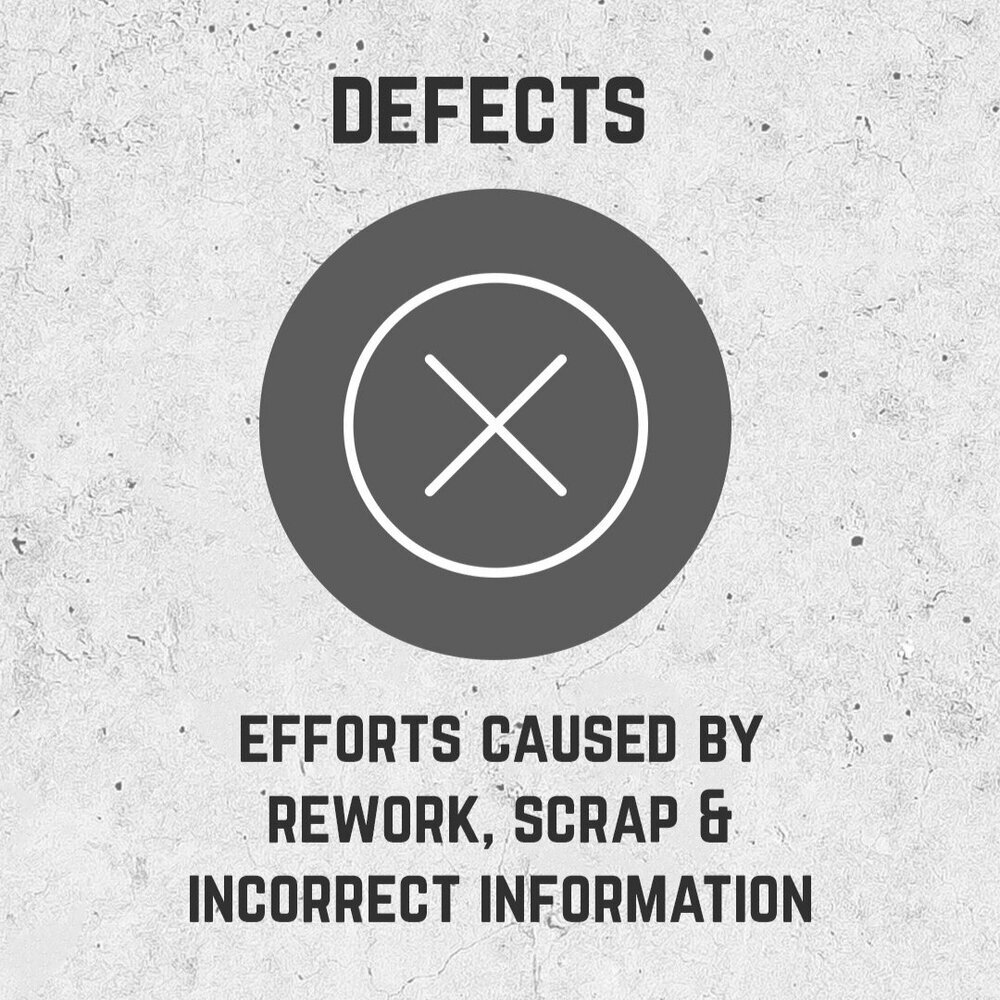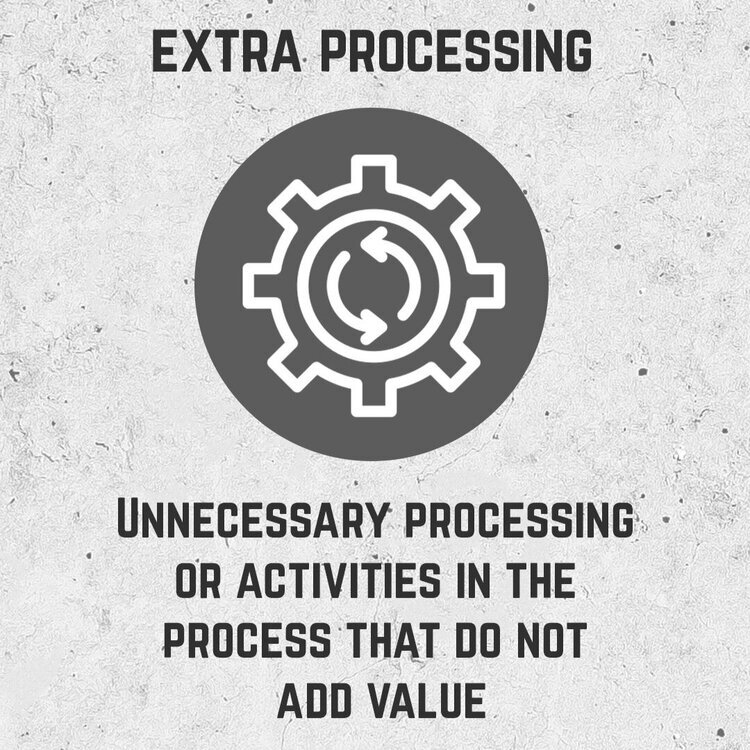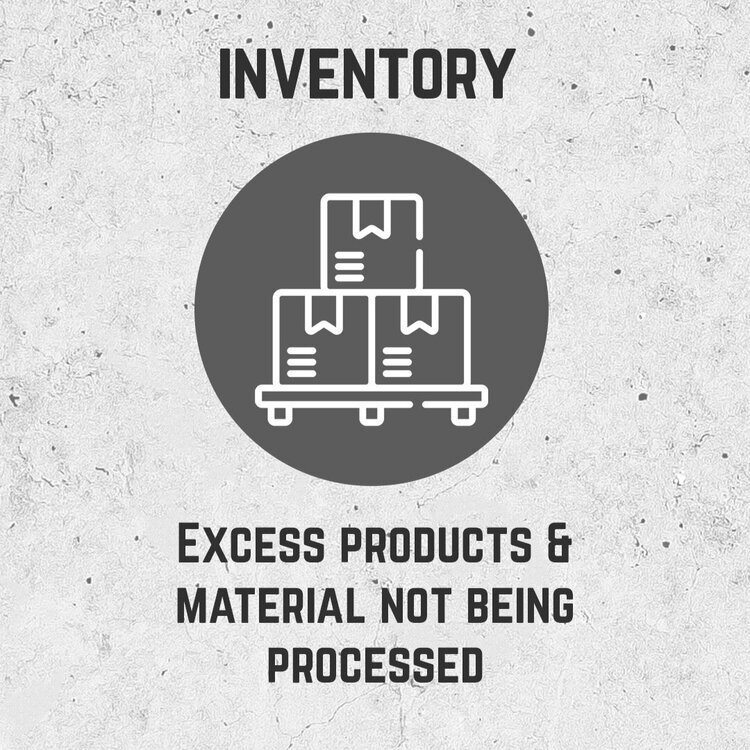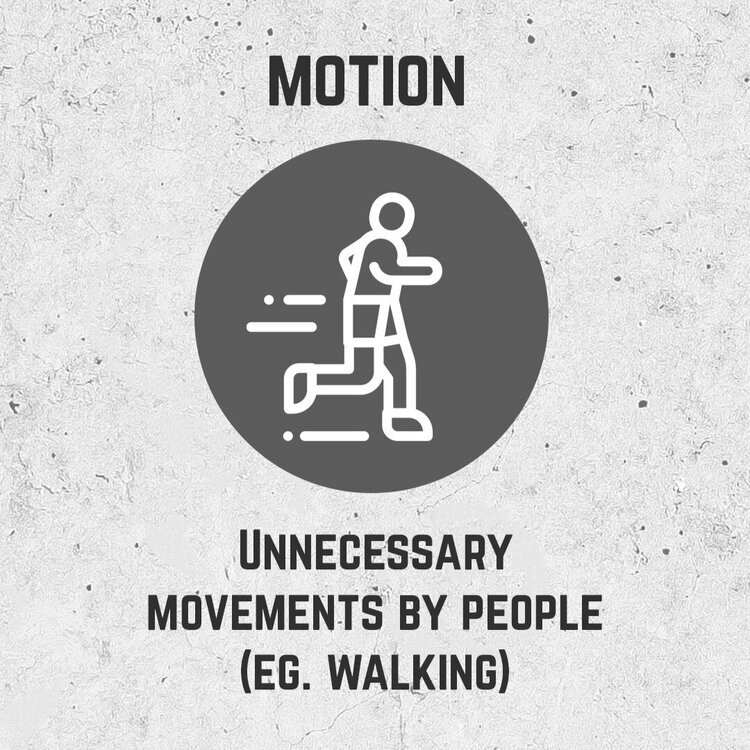What is Lean manufacturing?
Lean manufacturing is not a new concept; neither is the elimination of the 8 wastes. If you want to compete in a global market without just giving your products or services away then you will need to target these 8 wastes and then find ways to eliminate them! Waste can be defined by what you would be willing to pay for as a consumer. You’re not going to want to pay for these wastes and neither will your customers.
What are the 8 Wastes of lean manufacturing?
Defects: The fact of the matter is in manufacturing defects are bound to happen. Whether they are an escape or non-conforming product found internally before leaving your facility is another story. Either way having to rework or re-run parts is a major waste and one that most of the time is not budgeted for. If you can cut down on defects and focus on improving scrap numbers you will have that much more profit at the end of the year. Ways that we have cut down on defects is making it a part of our culture as something that we track.
Over Production: In a machine shop we always try and purchase a little over the required amount of material to run any given job. This is so that we have extra material for set up parts and if any errors in manufacturing occur. We used to be under the belief that we should run out the material purchased for the job because we will sell them. What we found is that is not always the case. Now a days supply chains don’t want the added inventory and the design engineers are constantly looking for ways to improve their freshest designs eliminating the ability to use the parts on newer revisions.
Extra Processing: Have you ever heard the saying that you are tripping over dollars to pick up dimes? That kind of simulates what over processing can lead into. If you follow a process and you hit a single point 3-4 times and there is no added value to the part then that might be a red flag that you have an area to review. Change for the sake of change can also be a form of overprocessing. The fact of the matter is that all change is not good change. Be on the look out for this and try and think big picture when wanting to improve your processing. Solving one problem might just create others.
Waiting: When you think about this one the statement “time is money” can not be truer. Waiting or sitting idle due to production bottle necks, lack of labor or materials needed, inafficient skills or lack of preventative maintenance on equipment can all cause waiting which costs you money. We have spent a lot of time focused
Inventory: Similar to over production an abundance of inventory can be wasteful. The way you can also look at inventory is if you have not forecasted properly or documented required needs for a job causing hiccups in scheduling or expedites required in order to staying on track. For example, not having the right tooling in on time to run a job or a gage to check a part. This all can be mitigated during inventory planning and tracking for a part. Where we have seen success is kitting jobs ahead of time on the shop floor or as some would call it “everything ready.”
Transportation: Are you moving material and/or items back and forth which isn’t supporting production needs or moving parts forward in the process? If so that would be transport waste. For us this tends to highlight areas that need to be reviewed. The most common being improper layouts, poor planning and scheduling issues.
Motion: Motion is defined as non-value added movement. If you have ever watched a set up taking place from start to finish then you might have seen someone looking for a tool or searching for information that may be due to lack of organization. Motion can also be found reviewing a process and how long it takes to move from point A to point B during it. Work place organization and reviewing plant layouts are where to attack on this one. What we have done is reviewed our top 10 highest volume processes and value stream mapped them to highlight any areas of improvements. Gathering teams that include personnel that aren’t typically process owners has really helped bring in outside perspectives.
Non-Utilized Potential: This is where the real golden nuggets are found. Each and every one of us is born with greatness inside of us. Not everyone is self-aware enough to realize it or ambitious enough to chase our own potential. Look for what naturally excites and motivates your teams and figure out a way that you can build off of their natural habits. This will take your organization to the next level.
Now that you have read what the 8 wastes are share them with your friends, colleagues and or spouse and try and keep an eye out for them. Build off of eliminating small things fast and often then keep the momentum going. These same practices can also be used in your everyday lives. Give it a try, it might just help you sleep better at night…
